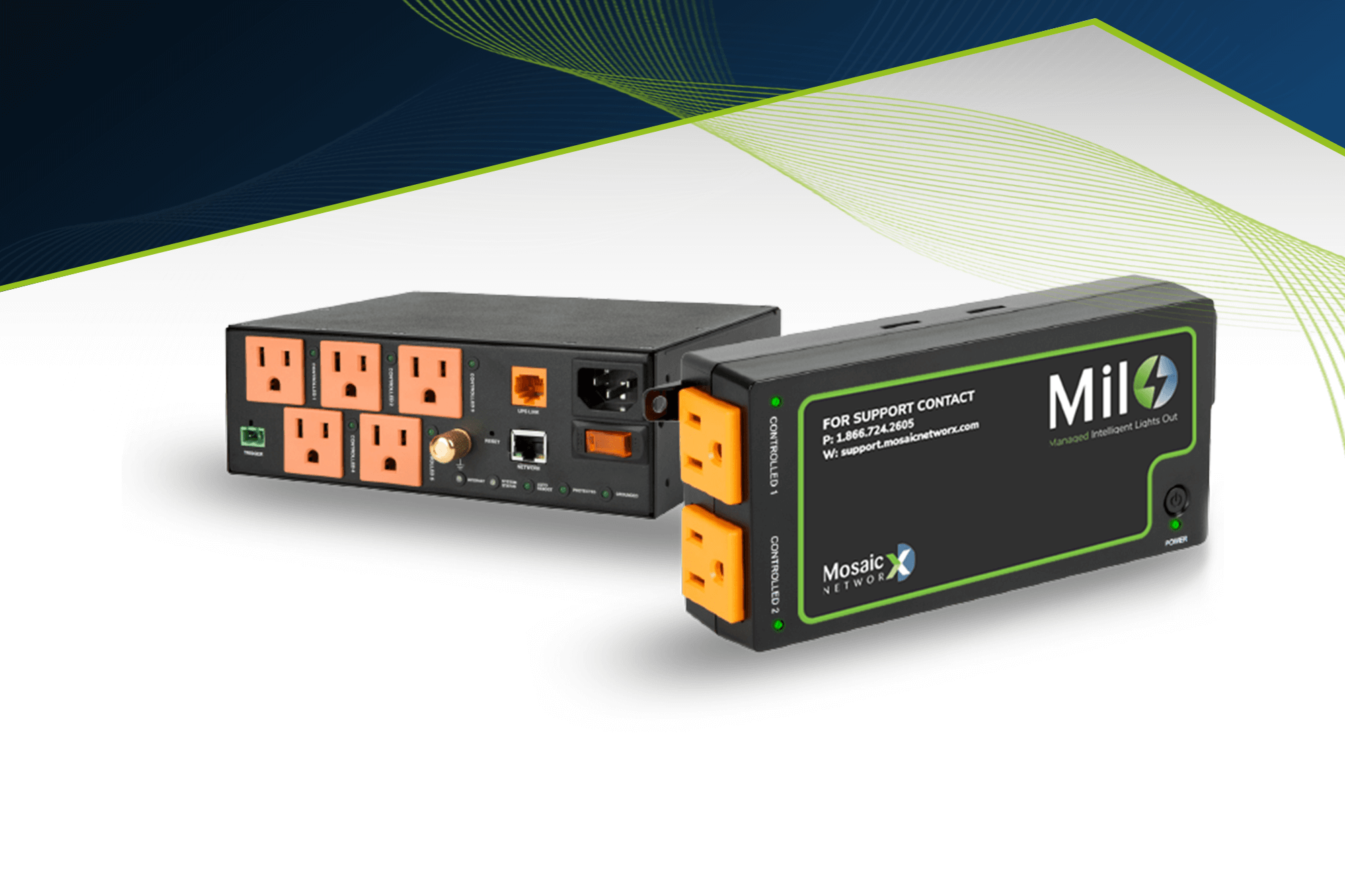
Internet traffic is exploding with users, IoT and mobile devices. This tremendous growth is fueling an expanding attack surface on enterprise WANs.
Malware attacks, like spyware, ransomware, and viruses that typically focus on laptops and desktop computers, are now vigorously attacking mobile devices. According to Symantec’s Internet Security Threat Report 2018, the amount of new malware for mobile units increased 54 percent in 2017. A 2018 study from Juniper Research proposes that cybercriminals will steal an estimated 33 billion records in 2023, with the U.S accounting for half of that breached data.
SD-WAN Protects Enterprise WANs
SD-WAN offers protection features that do more than simply level the playing field. As a defense against cyberattacks, SD-WAN uses standard-based encryption, such as AES, to improve network security and connectivity over any type of circuit, creating a stable network, delivered from the cloud.
SD-WAN devices must first be authenticated to the SD-WAN management plane to participate in the secure cloud network. After the SD-WAN edge device is authenticated and authorized, it receives its assigned policy, with access to the secure network. Based on traffic type, security services can be provisioned within the cloud or on-premise. Network connections are chosen based on the best links and gateways, and the security criteria of the applications and users.
The SD-WAN management plane uses a consolidated dashboard for zero-touch deployment, configuration, monitoring, troubleshooting and reporting. PKI is built into the orchestration layer to facilitate the identification of SD-WAN devices and the distribution of identity information. It also enables SD-WAN devices to improve network security by authenticating each other and exchanging encryption keys. If an attack is perceived, the orchestrator can revoke the device’s identity, to prevent an SD-WAN device from participating in the secure cloud overlay.
While SD-WAN is relatively new, we are already in the middle of the second wave of SD-WAN technology solutions. These cloud-native solutions accomplish more than easing complexity and virtualizing links. Security is top of mind for all enterprises, and second-generation SD-WAN solutions are delivering the automated fortification necessary to protect their security posture.






